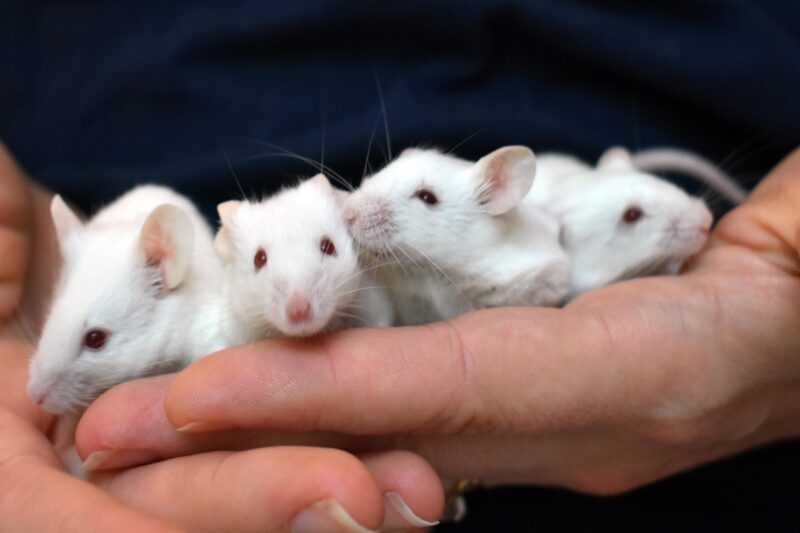Best Choices for Adopting Family Hamsters
Hamsters are among the most popular pets for families. With their cute appearance and playful behavior, they can bring joy and companionship to any household. However, choosing the right hamster for your family is crucial to ensure that both the pet and the family members enjoy a harmonious relationship. This article will guide you through the best choices for adopting family hamsters, focusing on breeds, care requirements, and what to expect when welcoming these small creatures into your home.
Understanding Hamster Breeds
Before adopting a hamster, it’s essential to understand the different breeds available. Each breed comes with unique characteristics, behaviors, and care needs.
Popular Hamster Breeds
- Syrian Hamster: Known for their friendly and docile nature, Syrian hamsters are larger than most breeds and are generally easier to handle. They prefer to live alone and can be very affectionate towards their owners.
- Dwarf Hamster: Including breeds like Roborovski and Campbell’s dwarf hamsters, these little guys are social and often enjoy companionship. Their small size makes them suitable for smaller cages.
- Chinese Hamster: With a more elongated body and a unique look, Chinese hamsters are also quite social but may be more nippy compared to other breeds. They can be housed together if they are siblings or raised together from a young age.
Choosing the Right Breed for Your Family
When selecting a hamster breed, consider the age of your children, their ability to handle pets, and how much space you have at home. For younger children, Syrian hamsters are often the best choice due to their larger size and calmer temperament. Dwarf hamsters can be entertaining but require more supervision during handling due to their small size and faster movements.
Setting Up a Comfortable Habitat
The next step after selecting your hamster is preparing a suitable habitat. Providing a comfortable and clean living environment is vital for their health and happiness.
Caging Options
Invest in a spacious hamster cage that provides enough room for exercise and play. Consider the following options:
- Glass Aquariums: These offer a spacious environment with good visibility but require a secure lid to prevent escapes.
- Wire Cages: These cages promote airflow and typically come with platforms and tunnels, enhancing your pet’s living space.
Essential Accessories
Ensure your hamster’s habitat includes:
- Exercise Wheels: Provide a wheel to keep your hamster active.
- Hiding Places: Hamsters enjoy having small tunnels, huts, or even cardboard boxes to retreat into.
- Food and Water Dispensers: Use a water bottle to keep water clean and fresh, and a food bowl for easy access to their diet.
Feeding Your Hamster
A balanced diet is crucial for your hamster’s health. Here’s how to ensure they get proper nutrition:
Commercial Hamster Food
Choose high-quality commercial hamster pellets that provide essential nutrients. Look for brands that contain seeds, grains, and vitamins.
Fresh Foods
Occasionally, you can supplement their diet with small amounts of fresh fruits and vegetables, such as:
- Carrots
- Broccoli
- Apples (without seeds)
Always introduce new foods gradually to avoid digestive issues.
Handling and Socialization
To foster a bond with your hamster, early and gentle handling is essential. Here are some tips:
How to Handle Your Hamster
- Allow your hamster to adjust to their new home for a few days before attempting to handle them.
- Use treats to encourage your hamster to come to you.
- Always use both hands when picking up your hamster to prevent falls.
Socializing with Your Hamster
For social breeds like dwarf hamsters, it’s beneficial to have multiple hamsters together, provided they are compatible. Monitor their interactions to ensure they get along.
Common Health Issues in Hamsters
Being aware of potential health issues can help you take quick action if needed. Some common concerns include:
Signs of Illness
- Loss of appetite
- Wet tail syndrome (a serious bacterial infection)
- Unusual lethargy
If you notice any of these signs, consult a veterinarian who specializes in small animals.
Creating a Safe Environment
Safety must be prioritized. Here are some safety tips:
Child Interaction
Teach children how to interact with hamsters safely. Supervise all interactions to prevent mishandling.
Household Hazards
- Keep the cage away from areas with drafts and high traffic.
- Ensure all electrical wires and small objects are out of reach.
Conclusion
Choosing the right hamster for your family involves considering breed characteristics, setting up a proper habitat, and ensuring a balanced diet. With proper care and attention, hamsters can become wonderful additions to your family, providing companionship and joy. Remember, adopting a pet comes with responsibility, and it’s essential to be fully prepared to meet their needs.
For additional resources and detailed guides on hamster care, check out these articles: Choosing the Perfect Pet Hamster and Hamster Care 101.

By following these guidelines, you can ensure a rewarding experience with your new furry friend. Happy hamster parenting!
